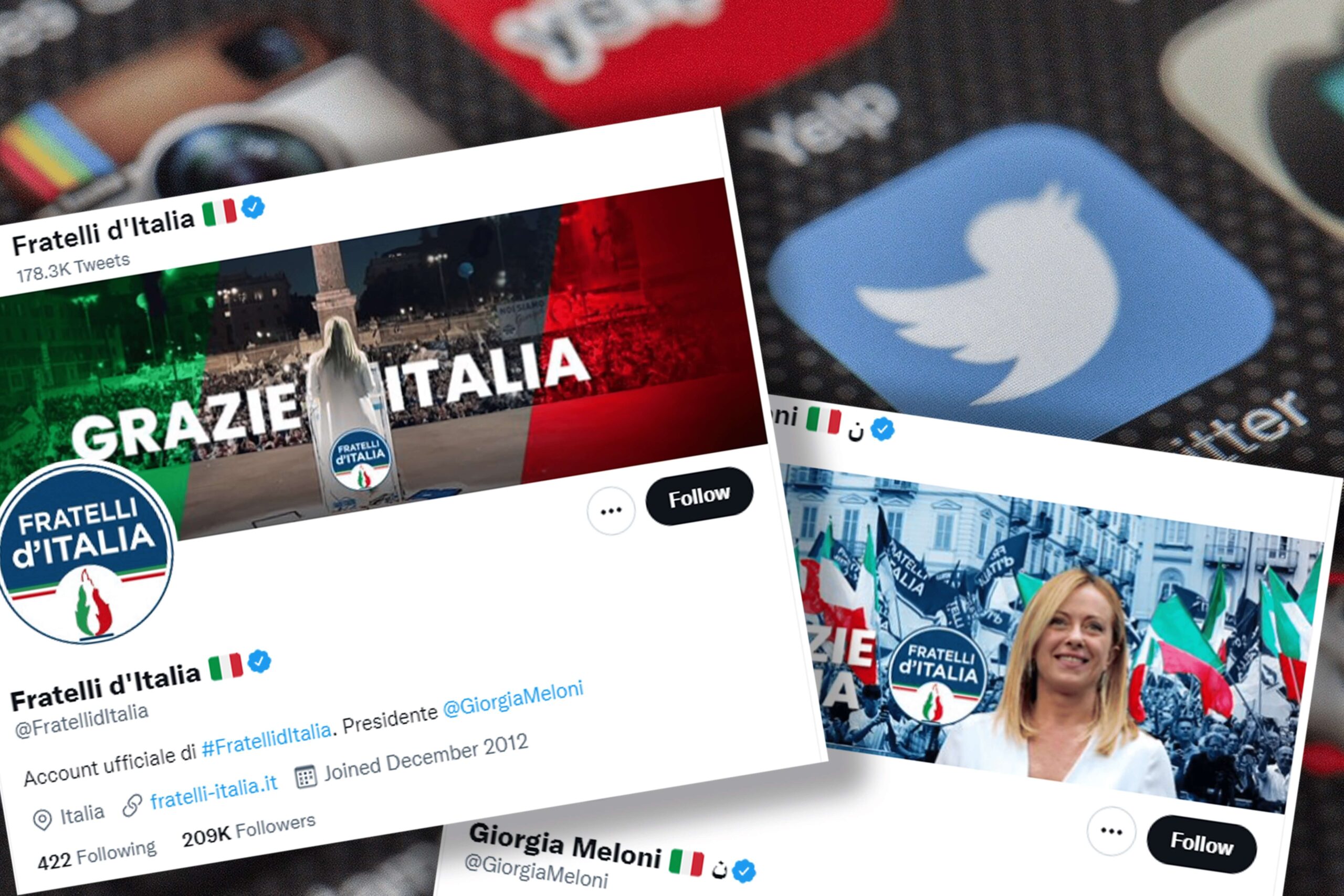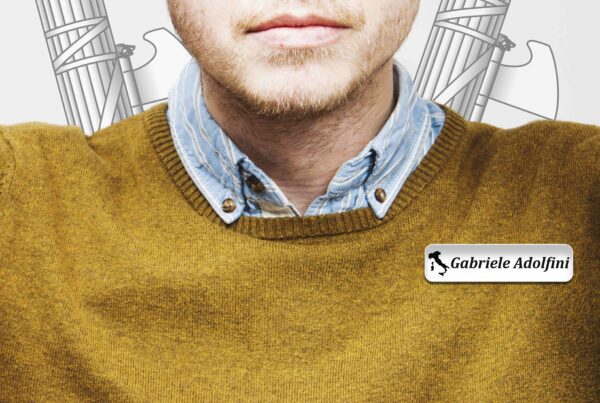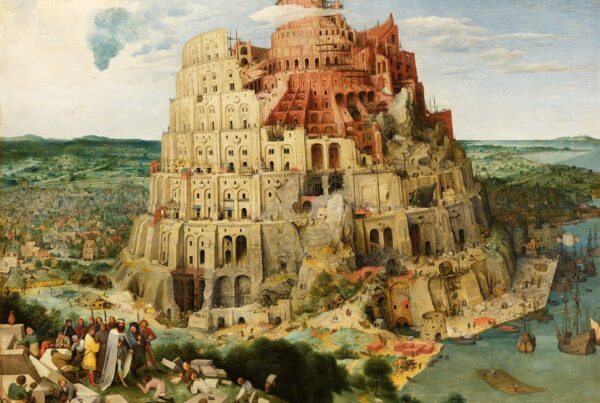Italy is no stranger to far-right politics. The country endured two decades of fascist dictatorship before and during the Second World War and has witnessed the rise and fall of various nationalist and neofascist political movements in the postwar period. Nevertheless, the victory of the Brothers of Italy (Fratelli d’Italia, FdI) in the September 25 parliamentary elections represents a critical inflection point for the country and all of Europe. For the first time since the 1940s, Italy will be led by the far right.
The Brothers of Italy’s first-place finish with 26 percent of the vote puts it in prime position to nominate the next prime minister of Italy, assuming the continued support of its right-wing coalition partners, Matteo Salvini’s League (Lega) and Silvio Berlusconi’s Forza Italia (FI) (see Figure 1 for the election results). Due to the peculiarities of Italy’s mixed electoral system, the coalition’s combined 44 percent of the vote will translate into almost 60 percent of the seats in the lower house of parliament. This will be more than enough to send Brothers of Italy leader Giorgia Meloni to Chigi Palace, the official residence of the Italian prime minister.
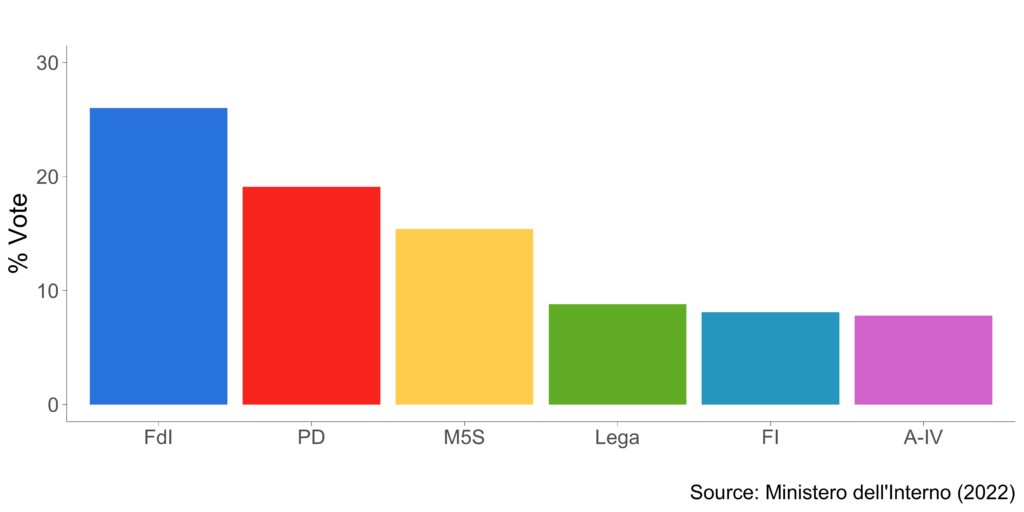
Figure 1: 2022 Italian Election Results
Meloni’s expected ascent to the prime ministership has been widely noted for representing two historic milestones—she will become Italy’s first female prime minister and its first far-right leader since Benito Mussolini. In fact, her electoral triumph comes just one month shy of the centenary of Mussolini’s 1922 March on Rome, which led to the establishment of fascist rule in Italy.
The party’s success is all the more noteworthy given its previous electoral performance. Founded in 2012 as an offshoot of Silvio Berlusconi’s People of Freedom (Popolo della Libertà, PdL)—and with deeper roots extending back to the neofascist Italian Social Movement (Movimento Sociale Italiano, MSI)— the party faired poorly in the February 2013 elections, winning just two percent of the vote. It doubled its vote share at the next parliamentary elections in March 2018, but still managed to gain only 4.4 percent. Yet, the party’s persistent opposition to recent governments led by the Five Star Movement (Movimento 5 Stelle, M5S) and the League allowed it to burnish its populist credentials. Brothers of Italy was one of the only parties not to join the post-pandemic unity government formed by Mario Draghi in February 2021. The fact that the League and Forza Italia did participate in the coalition government cleared the way for Brothers of Italy to monopolize the opposition benches and present itself as the only conservative alternative to “politics as usual.” This strategy seems to have worked; the party’s vote share increased more than six-fold since the last elections, whereas both the League and Forza Italia saw their support fall by approximately half.
Campaign Discourse on the Italian Far Right
To better understand the 2022 Italian elections, I employed quantitative text analysis techniques to examine more than 26,000 tweets issued by the six major parties and their leaders during the campaign. The Twitter accounts analyzed were for the following parties and leaders: Brothers of Italy, Giorgia Meloni, League, Matteo Salvini, Forza Italia, Silvio Berlusconi, Democratic Party (Partito Democratico, PD), Enrico Letta, Five Star Movement, Giuseppe Conte, Action (Azione, A), Italy Alive (Italia Viva, IV), and Carlo Calenda. To facilitate the analysis, I combined the leaders’ tweets with those of their respective parties, permitting comparison across six groups based on party (rather than 13 groups based on each Twitter account listed above). The corpus of tweets covers 67 days, beginning on July 21, 2022, the date of Prime Minister Mario Draghi’s resignation, and continuing through the election on September 25, 2022.
As Figure 2 illustrates, Brothers of Italy was the most active on Twitter during the campaign, issuing almost 9,000 tweets in total. Its right-wing coalition partner the League was also prolific on Twitter, as was the new centrist alliance Action–Italy Alive. Interestingly, the second- and third-place finishers—Democratic Party and Five Star Movement—used the platform infrequently, issuing fewer than 2,500 tweets each.
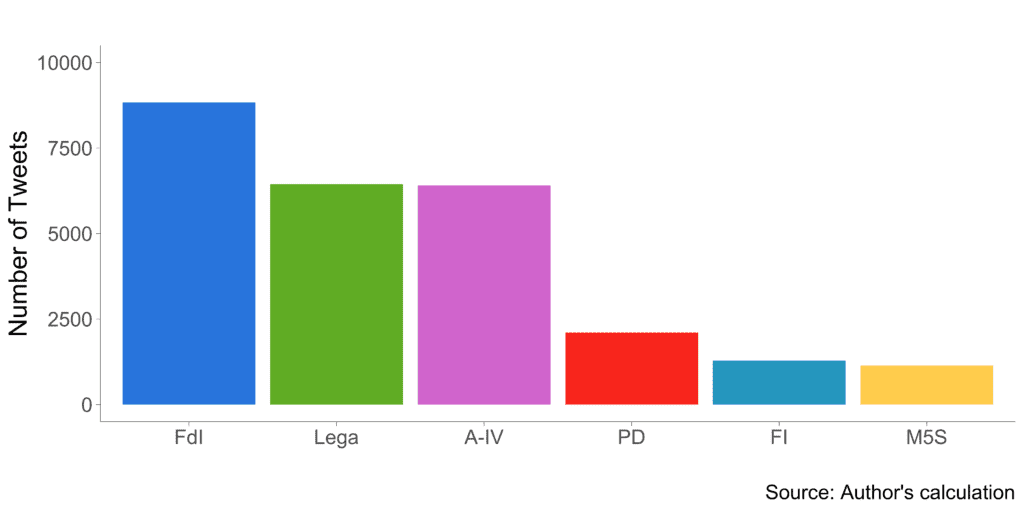
Figure 2: Tweet Frequency by Party
To characterize the overall tenor of campaign discourse, I coded the tweets for their positive or negative sentiment using a revised version of the Linguistic Inquiry and Word Count (LIWC) dictionary. I used these codings to construct a net sentiment score ranging from –1 to 1 for each party; a score of –1 indicates completely negative discourse, a score of 1 indicates entirely positive discourse, and a score of 0 suggests an even balance between positive and negative discourse.
Figure 3 illustrates the average sentiment of each party’s tweets during the campaign. Overall, the parties seemed to have balanced their invocations of positive and negative sentiment, as all their scores hover surprisingly close to 0. Four of the six parties have net sentiment scores within 0.03 points of the midpoint and even the most positive party, Forza Italia, only scores 0.11—a far cry from overwhelmingly positive discourse.
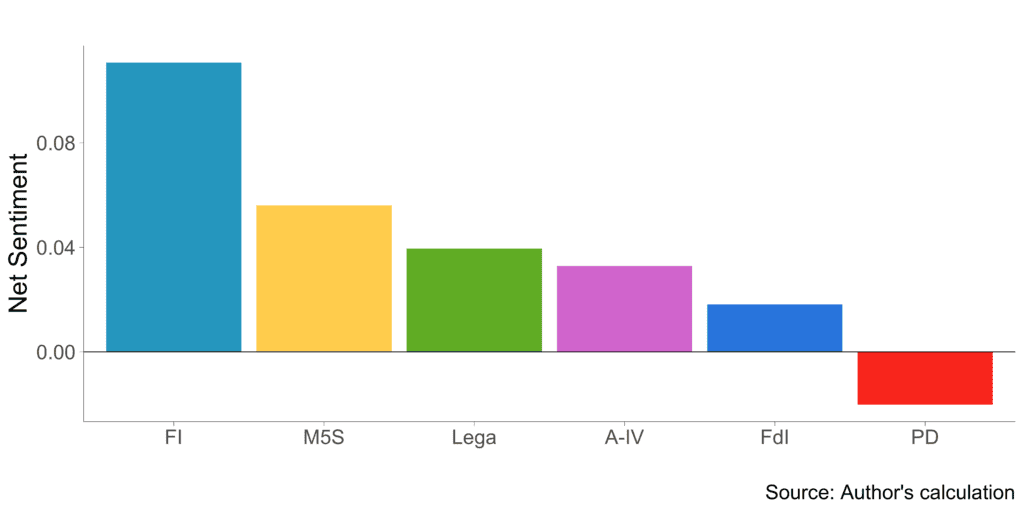
Figure 3: Net Sentiment of Party Tweets
To investigate how the far right in particular communicated during the campaign, I divided the corpus into two groups—tweets issued by the right-wing coalition parties (Brothers of Italy, League, and Forza Italia) and tweets published by all other parties. I then used statistical analysis to identify the words that were uniquely used by the right, but not other parties and leaders (referred to as “keyness”). Figure 3 illustrates the top 15 words that were used uniquely by Brothers of Italy, League, and Forza Italia. The length of the bars indicates the keyness of each word—in other words, the extent to which each word was singularly present in right-wing tweets (measured using the χ2 statistic).
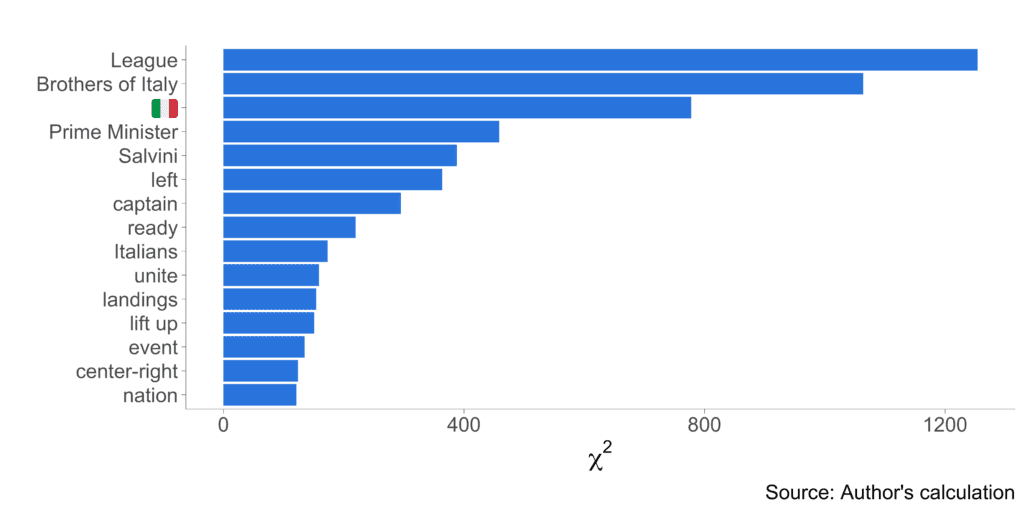
Figure 4: Most Unique Words in Right-Wing Coalition Tweets
Unsurprisingly, the names of the parties and leaders in the right-wing coalition were mentioned much more by coalition members than by other parties. The prominent use of words such as “Italians” (italiani), nation (nazione), and the Italian flag emoji highlights the coalition’s strong nationalist profile. Likewise, the appearance of the word “landings” (sbarchi) speaks to the parties’ strong opposition to immigration, as they frequently criticized the “landings” of migrant boats on Italian shores. Furthermore, the right-wing coalition emphasized its preparedness for government through words such as “ready” (pronti), “Prime Minister” (premier), and “unite” (unisciti). It also drew an explicit contrast between itself and the alternatives, presenting itself as “center-right” (centrodestra) and stoking fears of the “left” (sinistra).
One additional result bears mentioning, the unique use of “captain” (capitano) by the right-wing coalition, specifically by the League. This title has become a term of endearment used by League supporters for party leader Salvini. For example, in an effort to encourage attendance at campaign rallies, the League frequently tweeted, “The Captain is waiting for you!” Yet, this practice is reminiscent of a darker period in Italy’s past. As the Economist tweeted, “They call Matteo Salvini Il Capitano. No Italian can fail to hear an echo of Mussolini’s nickname, Il Duce.”
As the most prodigious user of Twitter and the winner of the election, Brothers of Italy merits further analysis. To provide an overview of the party’s discourse, Figure 5 presents a word co-occurrence network, illustrating the 20 most frequently used words in the party’s tweets. The lines between the words indicate pairs of words that frequently occur together in tweets—the thicker the lines, the stronger the co-occurrence.
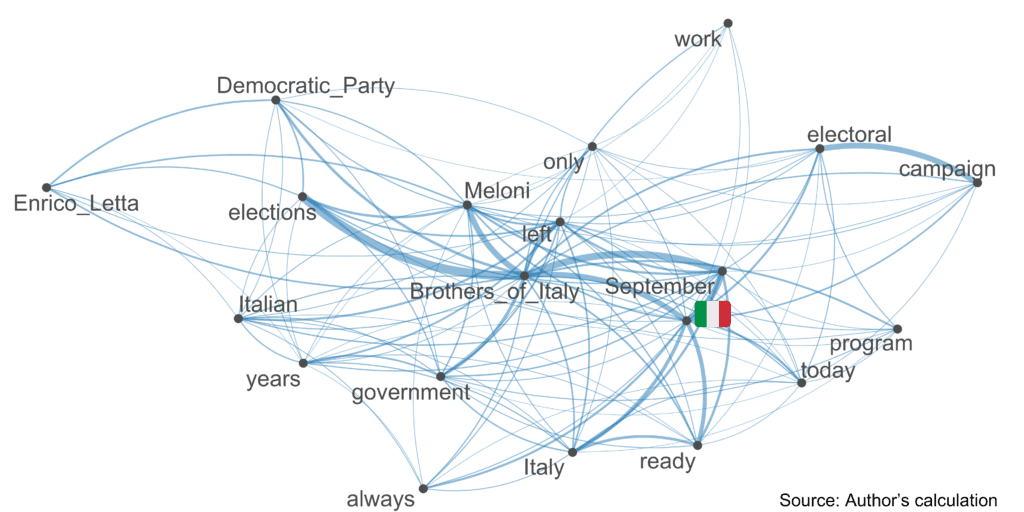
Figure 5: Word Co-Occurrence in Brothers of Italy Tweets
The center of the network illustrates that the party frequently mentioned its own name (“Brothers of Italy”) alongside its leader (“Meloni”) and reminded supporters about the “September” “election.” Also commonly linked to the party’s name were “government” and the Italian flag emoji. The party often contrasted itself with the “left,” hence the appearance of that word near the center of the network and references to the party’s main competitor (“Democratic Party” and “Enrico Letta”) in the upper-left portion of the figure.
To further distinguish Brothers of Italy from its right-wing coalition partners, I replicated the previous “keyness” analysis on the three members of the right-wing coalition, comparing Brothers of Italy to both of its coalition partners. Figure 6 displays the results of this analysis, indicating the words that were uniquely used by Brothers of Italy in contrast to League and Forza Italia.
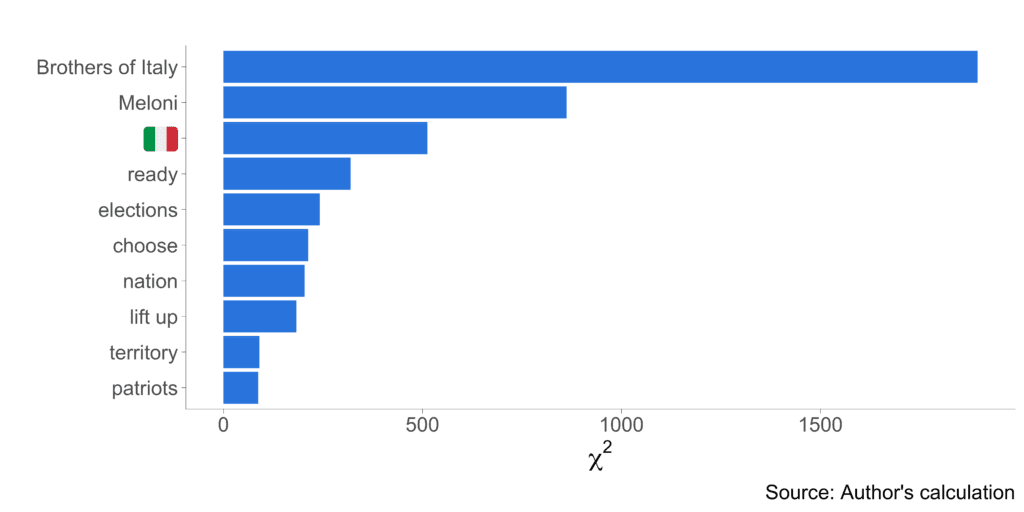
Figure 6: Most Unique Words in Brothers of Italy Tweets
Interestingly, the party’s nationalism is apparent even when compared to other right-wing parties. Brothers of Italy’s tweets were much more likely to use words such as “nation” (nazione), “territory” (territorio), “patriots” (patrioti), and the Italian flag emoji than were tweets issued by League and Forza Italia. The party was also significantly more likely to describe itself as “ready” (pronti), likely due to its frequent invocation of the slogan “Ready to lift up Italy!” (Pronti a risollevare l’Italia!).
From Opposition to Government
Despite the Brothers of Italy’s strong electoral performance, the party must now manage the transition from opposition to government. Italy is notorious for short, unstable governments—with almost 70 different governments since 1946. The party’s ability to govern effectively will depend on maintaining unity among coalition partners, including appeasing the large personalities that lead them—Salvini and Berlusconi. Yet a potential Meloni government may experience unusual durability. Most governments during the past decade have brought together awkward bedfellows, such as the coalition between the Five Star Movement and the League under the Conte I government (2018–19) and the grand coalition of the Draghi government (2021–22). By contrast, a potential Meloni government would be centered exclusively on the right and be reinforced by the parties’ pre-election coalition agreement. The parties also have a history of cooperation—the League joined several coalition governments headed by Berlusconi’s Forza Italia in the 2000s and Brothers of Italy originated after a fracture in Berlusconi’s right-wing alliance People of Freedom.
Of course, the “success” of the Meloni government may be to the determine of Italy. The party’s nationalism and illiberalism portend less humane immigration policies, restrictions on individual rights, and less cooperation with the European Union. The most pessimistic commentators suggest a descent into “illiberal democracy” as has occurred in Hungary, with the government parties using their power to create an uneven playing field in which the opposition struggles to compete and reclaim power. Democratic backsliding does not occur overnight, but preventing it requires commitment and persistence on the part of the defenders of liberal democracy—which are not guaranteed.


